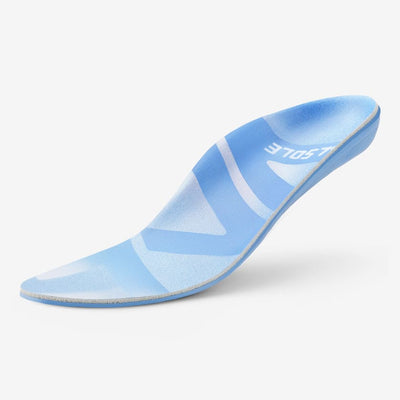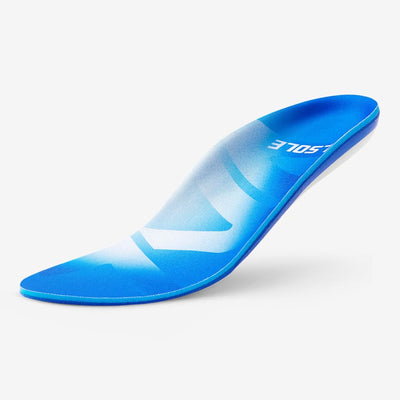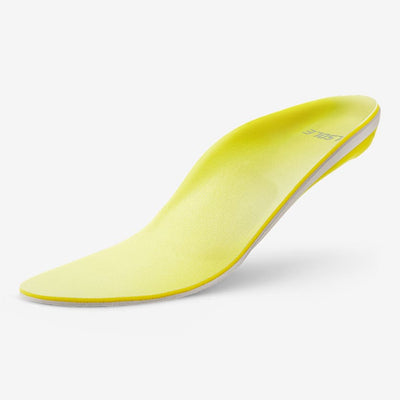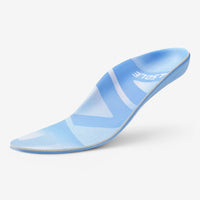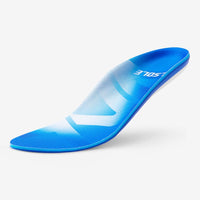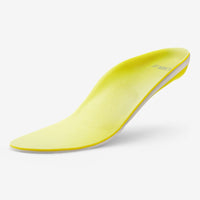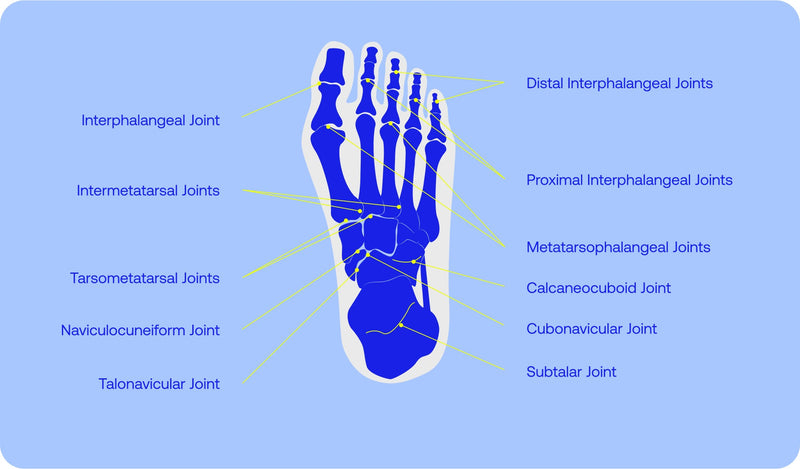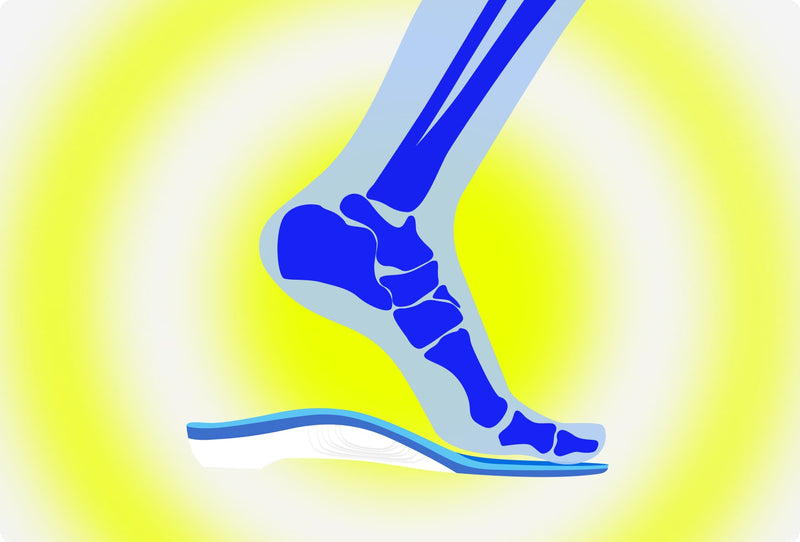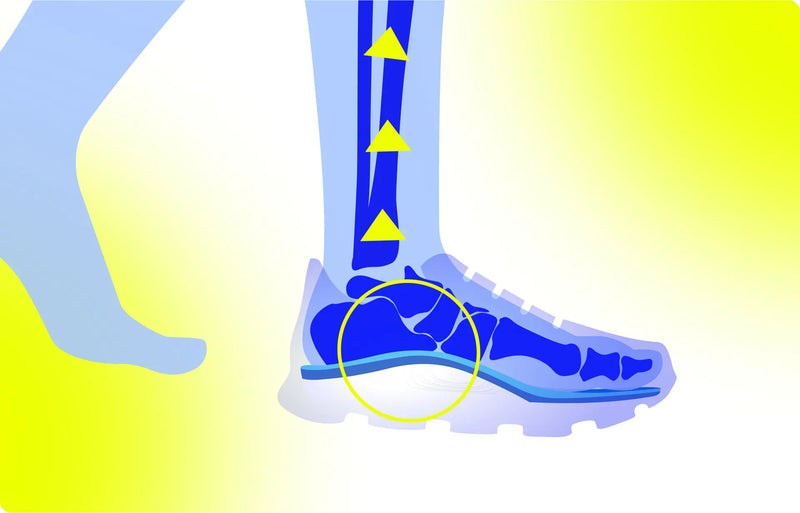Breaking Down Common Foot Myths: What Science Says
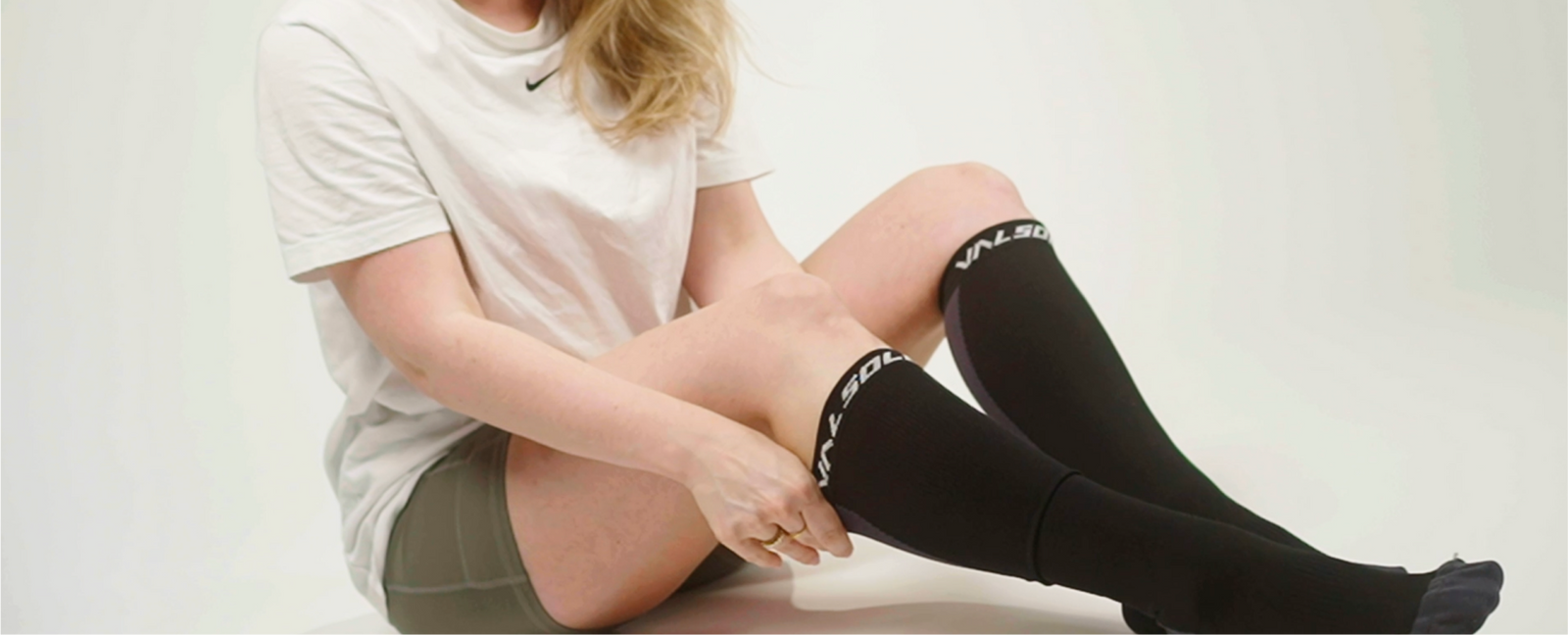
Foot health is often subject to misconceptions, many of which contribute to improper care, unnecessary pain, and preventable conditions. This article examines prevalent foot myths—such as the belief that barefoot walking improves posture, foot pain is a natural part of aging, and that all flat feet require orthopedic correction—by analyzing scientific evidence and expert opinions. Through a comprehensive review of medical literature, we debunk these misconceptions and provide evidence-based recommendations for maintaining optimal foot health.
Many misconceptions persist about foot care, leading individuals to engage in practices that may not be beneficial—or even harmful—to their health. This article dissects some of the most common foot myths, using medical research and expert insights to separate fact from fiction.
Myth #1: Barefoot Walking Improves Posture and Strengthens the Foot
The notion that walking barefoot inherently strengthens the feet and improves posture is widely believed. While proponents argue that barefoot walking enhances proprioception and strengthens intrinsic foot muscles (Hollander et al., 2017), evidence suggests that unprotected walking on hard surfaces can lead to injury and musculoskeletal imbalances (Franklin et al., 2015).
Scientific studies indicate that modern environments differ significantly from natural terrains where early humans walked barefoot. Hard, artificial surfaces increase impact forces on the feet, potentially leading to stress fractures and plantar fasciitis (Rao & Joseph, 2020). Additionally, a 2021 study found that while barefoot activities may benefit specific populations, they should be approached with caution and under professional guidance (Warne et al., 2021).
Myth #2: Foot Pain is an Inevitable Part of Aging
Many people believe that foot pain is a natural consequence of aging, leading them to accept discomfort without seeking medical intervention. However, research suggests that foot pain is often due to modifiable factors such as improper footwear, arthritis, or untreated biomechanical issues rather than aging alone (Hawke & Burns, 2009).
A study by Mickle et al. (2011) found that older adults who engaged in foot-strengthening exercises and wore proper footwear experienced significantly lower rates of foot pain. Moreover, conditions like plantar fasciitis, bunions, and osteoarthritis can often be managed or prevented with early intervention, orthotics, and lifestyle modifications (Rosenbaum & Becker, 2019).
Myth #3: All Flat Feet Require Orthopedic Intervention
Flat feet are often viewed as a deformity that requires correction with orthotics or surgery. While some individuals with flat feet experience discomfort and biomechanical challenges, many function without pain or issues (Davis et al., 2017). Research indicates that only symptomatic flat feet warrant intervention, and corrective measures should be tailored to individual needs rather than assumed for all cases (Banwell et al., 2018).
Moreover, studies highlight that excessive use of arch supports in asymptomatic individuals may weaken foot muscles over time, reducing natural support structures and mobility (Kelly et al., 2019). Instead of universal intervention, healthcare providers should assess foot mechanics on a case-by-case basis to determine if treatment is necessary.
Myth #4: High Heels and Flip-Flops Are Harmless if Worn Occasionally
High heels and flip-flops are fashion staples, but their impact on foot health is often underestimated. A study by Cronin et al. (2017) demonstrated that prolonged high-heel use alters foot biomechanics, leading to increased risk of metatarsalgia, Achilles tendon shortening, and hallux valgus (bunions). Even occasional use can contribute to long-term structural changes.
Similarly, flip-flops offer minimal arch support and increase strain on the plantar fascia, potentially leading to heel pain and stress fractures (Redmond et al., 2019). While short-term use may not cause immediate harm, habitual wearing of such footwear is linked to a higher incidence of foot disorders.
Myth #5: Toenail Fungus is Just a Cosmetic Issue
Many individuals dismiss toenail fungus (onychomycosis) as a purely aesthetic concern. However, research indicates that fungal infections can progress to cause pain, secondary bacterial infections, and even systemic complications in immunocompromised individuals (Lipner & Scher, 2019). A study by Elewski et al. (2020) emphasized the importance of early treatment, noting that advanced fungal infections are significantly harder to eradicate.
Treatment options such as antifungal medications, laser therapy, and proper foot hygiene can effectively manage onychomycosis when diagnosed early. Ignoring the condition not only worsens outcomes but also increases the risk of transmission to other toenails and individuals (Singh et al., 2018).
Evidence-Based Foot Health Recommendations
Given the widespread misconceptions about foot health, adopting evidence-based strategies is essential for long-term well-being. The following recommendations can help individuals maintain optimal foot health:
-
Wear Proper Footwear with insoles: Shoes or insoles should provide adequate arch support, cushioning, and a proper fit to prevent unnecessary strain.
-
Practice Foot Exercises: Strengthening foot muscles through targeted exercises can help prevent common foot problems.
-
Monitor Foot Changes: Regularly checking for signs of swelling, pain, or skin changes can help detect issues early.
-
Seek Professional Advice: Podiatrists and orthopedic specialists can provide personalized recommendations for foot care and biomechanics.
Foot health myths can lead to unnecessary suffering and improper care. By debunking misconceptions—such as the belief that barefoot walking universally improves posture or that foot pain is inevitable with age—we empower individuals with scientifically supported knowledge. Understanding the complexities of foot health allows for more informed decisions, ultimately promoting mobility, comfort, and long-term well-being.
References
Banwell, H. A., et al. (2018). "Foot morphology and function in flat feet: A review." Journal of Foot and Ankle Research, 11(1), 1-9.
Cronin, N. J., et al. (2017). "The effects of high heels on lower limb biomechanics and posture." Gait & Posture, 52, 280-285.
Davis, I. S., et al. (2017). "The biomechanics of foot structure and function in flat feet." Clinical Biomechanics, 44, 45-51.
Elewski, B. E., et al. (2020). "Onychomycosis: Diagnosis and management." Journal of the American Academy of Dermatology, 82(5), 1172-1184.
Franklin, S., et al. (2015). "Barefoot running: Implications for foot posture and injury risk." Sports Medicine, 45(3), 345-356.
Hollander, K., et al. (2017). "Barefoot locomotion: Implications for foot health." European Journal of Applied Physiology, 117(5), 909-922.
Hawke, F., & Burns, J. (2009). "Understanding foot pain in older adults." Maturitas, 62(1), 20-26.
Kelly, L. A., et al. (2019). "The impact of arch support on foot muscle function." Journal of Biomechanics, 87, 139-144.
Lipner, S. R., & Scher, R. K. (2019). "Toenail fungus: A hidden health concern." JAMA Dermatology, 155(5), 564-571.
Mickle, K. J., et al. (2011). "Foot strengthening interventions in older adults." Gait & Posture, 34(1), 119-123.
Rosenbaum, A. J., & Becker, D. R. (2019). "Managing common foot conditions: A clinical guide." Foot & Ankle International, 40(8), 895-908.

